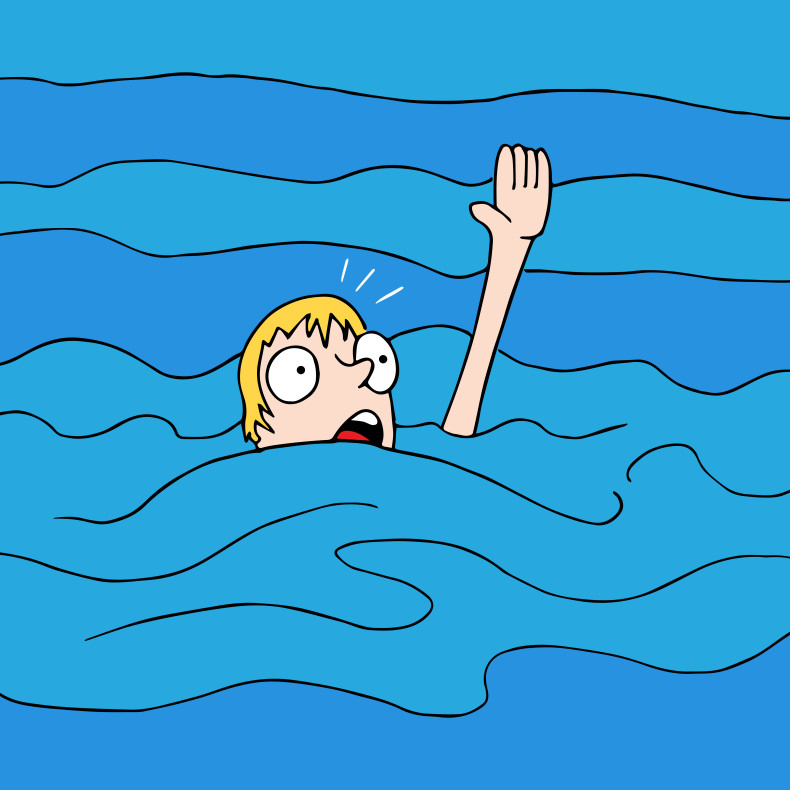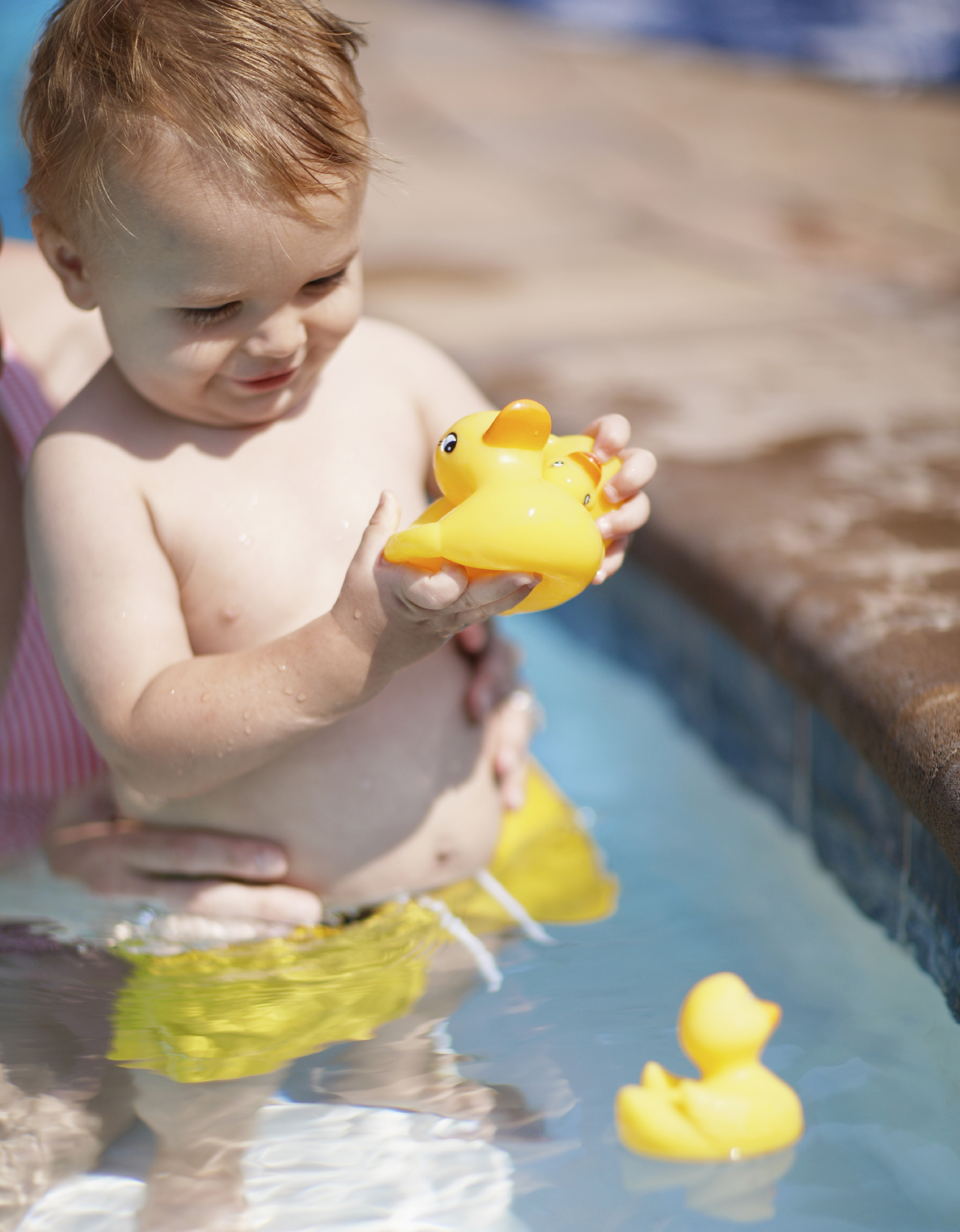
Can My Child Swim with Ear Tubes?
Childhood is seemingly full of ear issues. Ear infections are common for little kids' ears, after all. Sometimes, those multiple infections lead to ear tubes.

Childhood is seemingly full of ear issues. Ear infections are common for little kids' ears, after all. Sometimes, those multiple infections lead to ear tubes.

The flutter kick is a kicking movement used in both swimming and exercise. Nonetheless, the flutter kick is commonly used in different strokes, like freestyle or backstroke.

Plenty of children are afraid of taking that plunge of faith and dunking their head into the water below. Even when they are not afraid of the water, they may still struggle to get their whole head under the surface

Treading can come easy to some kids and adults, but to others it is an arduous task.

Did you know you can have your child practice their swimming skills without even being in the pool? Well, you’re in luck. I am going to tell you how you can utilize household items to help your kids practice their swimming skills.

Both private swim lessons and group swimming classes offer distinct advantages. Understanding those differences will help you know how to best help your swimmer meet his or her swimming goals and needs.

A “healthy fear” of water may appear to be lifesaving for non-swimmers, but it presents a large roadblock when it comes to swim lessons. Anxiety concerning water is common, and nothing that can’t be overcome with patience and consistency.

Backstroke is innately different from all the other strokes; one cannot see where they are swimming, where their hands strike and pull the water, or the pool below them. Swimming backstroke necessitates a great bit of confidence in the water. It requires effort, patience, and practice. However, learning to swim backstroke is much easier than one may suspect.

It may come as a surprise for some parents who’ve seen their children enjoy bath time or even swim time in their backyard pool and then watch that same child cry once handed off to a swim teacher. “But they love the water!,”

If you are reading this blog, there is probably a reason you are wondering if your child should stop swim lessons. A good place to start would be to identify why you are asking this question.

Children can be very sensitive when it comes to their parents watching their lesson and it is up to the parent to know how their child will develop through the course of the lessons with their parents watching them learn, struggle, and succeed.

Wow, my child has been in swim lessons week after week now, and he or she is still struggling with the same skills! What is going on? The steps in learning how to swim are definitely non-linear, meaning that children learn in fits and starts; they may jump from a very basic skill to more advanced skills, regardless of what their prescribed level might be.

Learning to swim should be at the top of the priority list for every family. It is an important life skill that can play a key role in helping to prevent drowning. The American Academy of Pediatrics (AAP) recommends children should start formal swimming lessons as young as 1 year old, which can help reduce the risk of drowning by as much as 88%.

The fear of water is much more prominent than you think, both in kids and adults. These tips can help you overcome.

Drowning can sometimes be a silent killer. Learn how to spot the signs and what to do.

Three common scenarios and tips to rescue a drowning victim everyone should know

Find the best swim school for you! Ask these important questions before signing up for swimming lessons at any swim school.

There can be a lot of self-doubt and anxiety when learning to swim. Ways to begin to build this confidence in the water can start at bath time

One important lesson to learn how to swim, prior to beginning in-water training, is breath control.

Do you know when to leave a pool due to a decline in the weather?